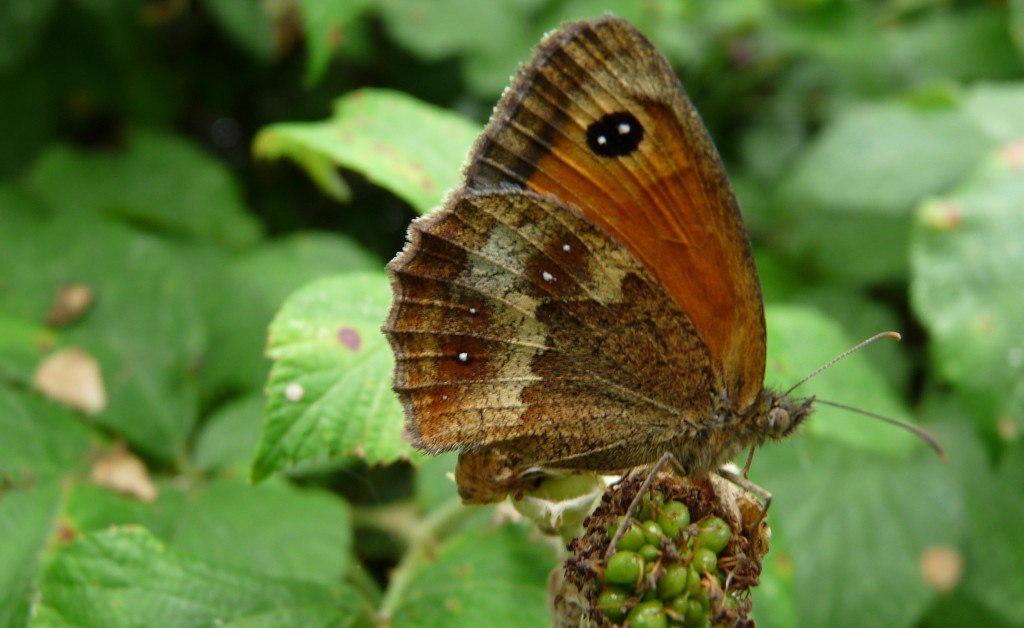The Isle of Wight has over 40 species of butterflies. Its ‘star’ is the Glanville Fritillary an orange and brown chequered butterfly with pattern of cream and orange bands and black marks on the underside of wings. It is virtually restricted to coastal landslips on the southern half of the Isle of Wight and the Channel Islands along with a few coastal locations on the mainland.

Glanville Fritillary (Melitaea Cinxia)
Tips for butterfly spotting on the Island
- Different species are active at different hours, so you can be in a single spot all day long and always find something new and intriguing.
- On chilly mornings, butterflies can be found sunbathing, or basking, with their wings spread or folded flat so the warm rays will elevate their body temperature.
- Look out for the Wood Brown butterfly in meadows and hedges. They look a bit like a Tortoiseshell but without the colour.
- The White Admiral, similar to the Red Admiral but with white markings and slightly smaller likes ancient woodland and honeysuckle. Good places to spot it are Walters Copse at Newtown and Parkhurst Forest.
- Parkhurst Forest is also good for brimstone butterflies.
- August is a good time to see the blue downland butterflies, the Holly Blue, the Common Blue and the Adonis Blue.
- More common butterflies like the Red Admirals, Peacocks and Commas will be around until September.

- Isle of Wight Pearl has allowed some of the grassed areas to the rear of its property to revert to meadow and Butterfly Conservation is helping Isle of Wight Pearl to make its site more attractive to butterflies and wildlife in general. Visitors to Isle of Wight Pearl are encouraged to report sightings of butterflies seen on the site and to also participate in the Big Butterfly Count which takes place every summer. IOW Pearl
- A peaceful place to see butterflies is the specially constructed ‘Butterfly Walk’ on the Adgestone Road just after you join it from the Brading Down Road. It links a variety of habitats – a chalk pit, chalk downland and secondary woodland. Brading Butterfly Walk
- The National Trust have created a butterfly walk along the chalk ridge that runs through the middle of West Wight and is a great site for Adonis blue and chalkhill blue butterflies, with large populations of small blue, dark-green fritillary and Glanville fritillary. Brown argus and grayling can also be spotted. In late summer you can often catch a glimpse of the clouded yellow. This starts from Afton Down Car Park. The National Trust

Gatekeeper
